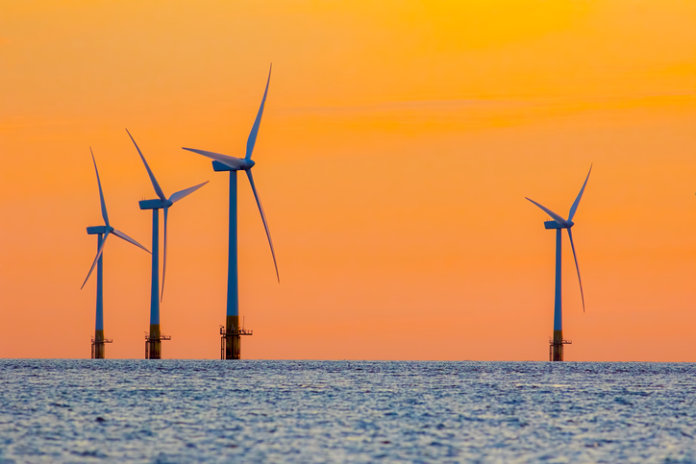The Massachusetts Department of Energy Resources (DOER) is recommending the state procure an additional 1.6 GW of offshore wind.
In 2016, Gov. Charlie Baker, R-Mass., signed an energy law that requires Massachusetts to generate 1.6 GW of electricity from offshore wind over the next 10 years. According to a new DOER study – which was mandated by a bill signed into law last year by Baker – an additional 1.6 GW “will likely provide benefits for Massachusetts ratepayers in excess of the anticipated costs of the contracts, as long as offshore wind pricing remains similar to the first 83C solicitation or continues to decline.”
In May 2018, Vineyard Wind’s 800 MW project was selected as the winning bid under the 83C solicitation. The offshore wind project is expected to provide Massachusetts with energy and renewable energy certificates (RECs) at a total levelized price of $0.065/kWh over the term of the utilities’ long-term contracts, both of which have a term of 20 years from the date of commercial operations. DOER said the $0.065/kWh price would be “materially below the levelized projected costs of buying the same amount of wholesale energy and RECs in the market,” which was estimated to be a total levelized price of $0.079/kWh over the term of the contracts.
Liz Burdock, president and CEO of the Business Network for Offshore Wind, is applauding the new recommendation to double the commitment to 3.2 GW. Citing the report’s findings, Burdock says this procurement “could save state ratepayers between $670 million and $1.27 billion over the 20-year life of the contract – which is great news on costs and pricing.”
“In addition, we support the department’s strategy of a staggered schedule of solicitations for this second authorization, like what New Jersey is doing with pre-scheduled [requests for proposals] in 2020 and 2022,” she says.
According to Burdock, DOER is planning solicitations for transmission, an 800 MW chunk and the next 800 MW chunk in 2020, 2022 and 2024, respectively, which “allows for taking advantage of technology improvements over time while providing a steady pipeline of economic opportunities for the supply chain.”
“This is the type of far-sighted planning that will allow Massachusetts to maintain its status as a national leader in the U.S. offshore wind industry,” says Burdock.
More on DOER’s offshore wind study can be found here.





The Offshore Wind Energy study does not discuss other than the Radial Bladed Rotors, such as Axial Flow Helical Blades (e.g. US 9,537,371 B2). I wish to know, is there any reason? I would appreciate . Thank you.
Best wishes.